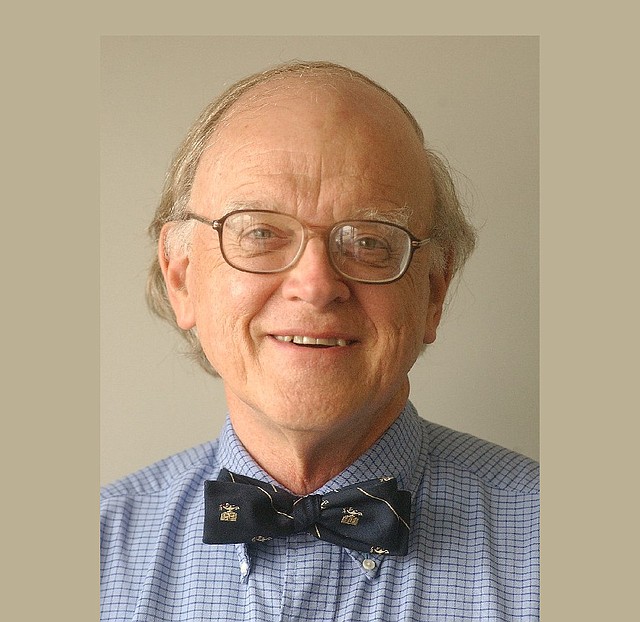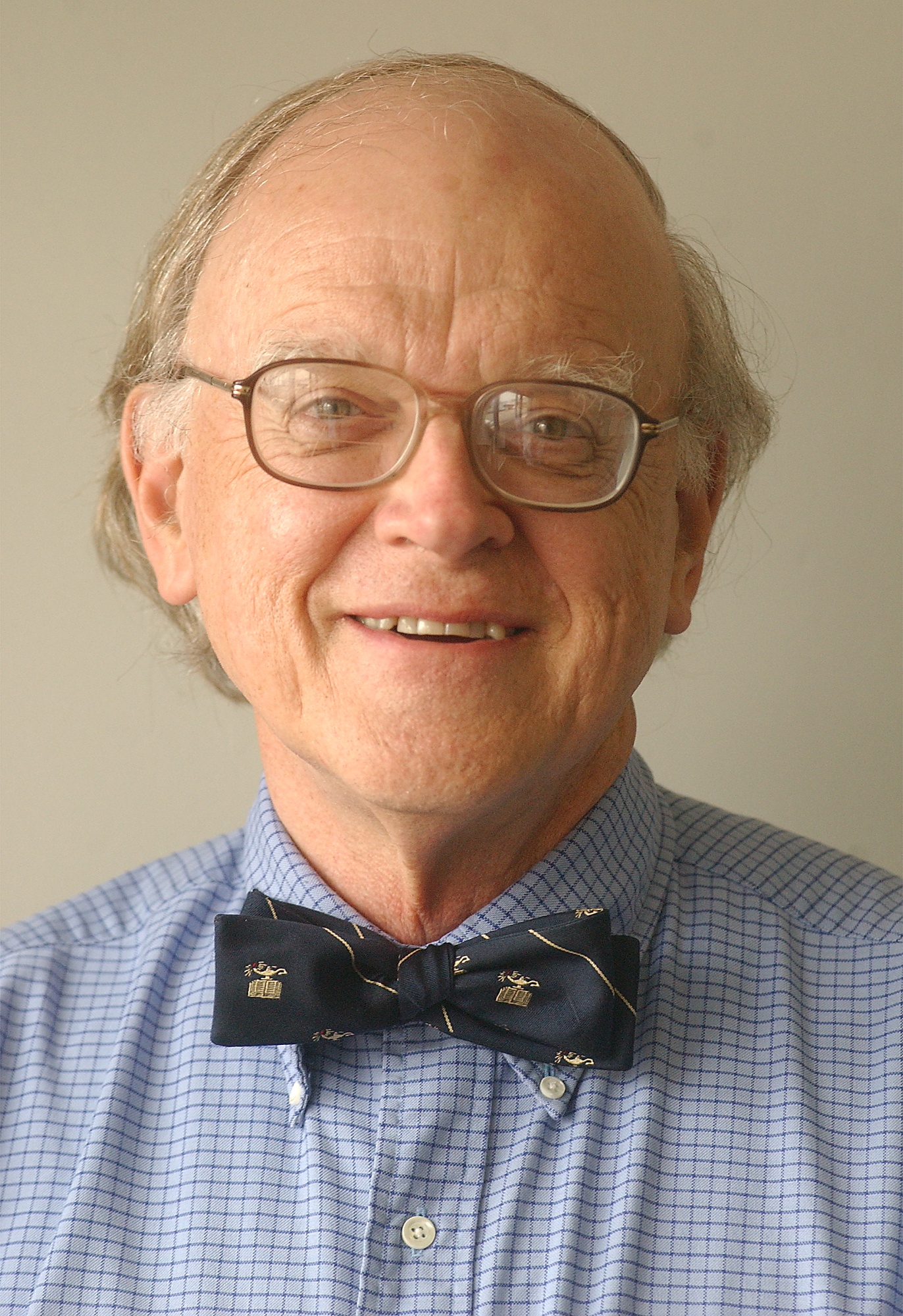Cleaveland: Hospices have long history providing care
Thursday, June 26, 2014
The hospice movement has transformed care of people in the terminal stages of illness.
In medieval times, hospices were wayside shelters for travelers. Monasteries and convents sometimes opened hospices to provide care for dying patients who were homeless.
Three women played essential roles in the establishment of the modern hospice movement. Dame Cicely Saunders (1918-2005) was an English nurse, social worker and, later, physician. Deeply concerned by the haphazard care available for dying patients, she undertook a multiyear study of how their plight might be addressed. In 1958 she opened the world's first hospice, St. Christopher's House, in a suburb of London. This became a center for care, research and training for the humane care of terminally ill people. For her tireless advocacy for kind, expert care of dying people, Saunders was knighted in 1979. Her work was subsequently recognized by the awarding of major humanitarian prizes.
In 1967, Dame Cicely visited Yale University to deliver a lecture on her work. Florence Wald, then dean of the School of Nursing, was so moved by the talk she devoted several years of study to hospice care, including a lengthy tenure on the staff of St. Christopher's. Wald enacted her dreams in the founding in 1974 of America's first hospice in Branford, Conn. She became a driving force in the expansion of the hospice movement in our country.
Psychiatrist Elizabeth Kubler-Ross published "On Death and Dying" in 1969, a book that became a national bestseller. In addition to describing the emotional stages through which many dying persons progress, she made a plea for providing, where possible, end-of-life care within the home. Kubler-Ross testified before congressional committees and provided widespread publicity through her many lectures on the proper care of dying people.
In 1979, responding to growing calls for Medicare support for hospice care, the Health Care Financing Administration authorized 26 hospices which would serve as demonstration projects, testing the feasibility and affordability of hospice care. In 1986, hospice benefits were made a permanent part of Medicare Part A.
Hospice today includes all services needed for up to six months for the management of patients with terminal illnesses. The emphasis is upon comfort and relief of pain and suffering. Every effort is made to allow the person to remain in his or her home. When this is not feasible, in-patient hospice wards provide care based upon the same principles.
Sometimes physicians are hesitant to refer a patient to hospice. They search for one more therapy that might be used. A hospice referral is seen as a form of surrender. Sometimes family members are reluctant to accept a hospice referral because they, too, hope for a therapeutic miracle. Consequently, patients are often referred to hospice when only a few days of life remain.
Advanced cancers, devastating strokes, severe chronic obstructive pulmonary disease and Alzheimer's disease are among the most frequent diagnoses of patients referred to hospice.
If a choice of hospice providers is available, some background research on such issues as customer satisfaction and staffing will assist in making the selection that best fits your family's needs.
In my mother's case, relentless pulmonary fibrosis no longer responded to therapy. Her hospice caregivers included nurses, a nurse-practitioner backed by a physician and a social worker. A chaplain was on call. Supplies were brought to her home to ease her discomfort. An alternating-pressure mattress gave comfort. A nebulizer supplemented her oxygen delivery system. Medications for anxiety and pain were placed at her bedside, and her family and caregivers were instructed in their proper use. Home visits, phone calls and the availability of an on-call nurse contributed to the comfort of our matriarch and our family.
My mother eased away, comforted by love and the remarkable institution of hospice.
Contact Clif Cleaveland at cleaveland1000@comcast.net.

